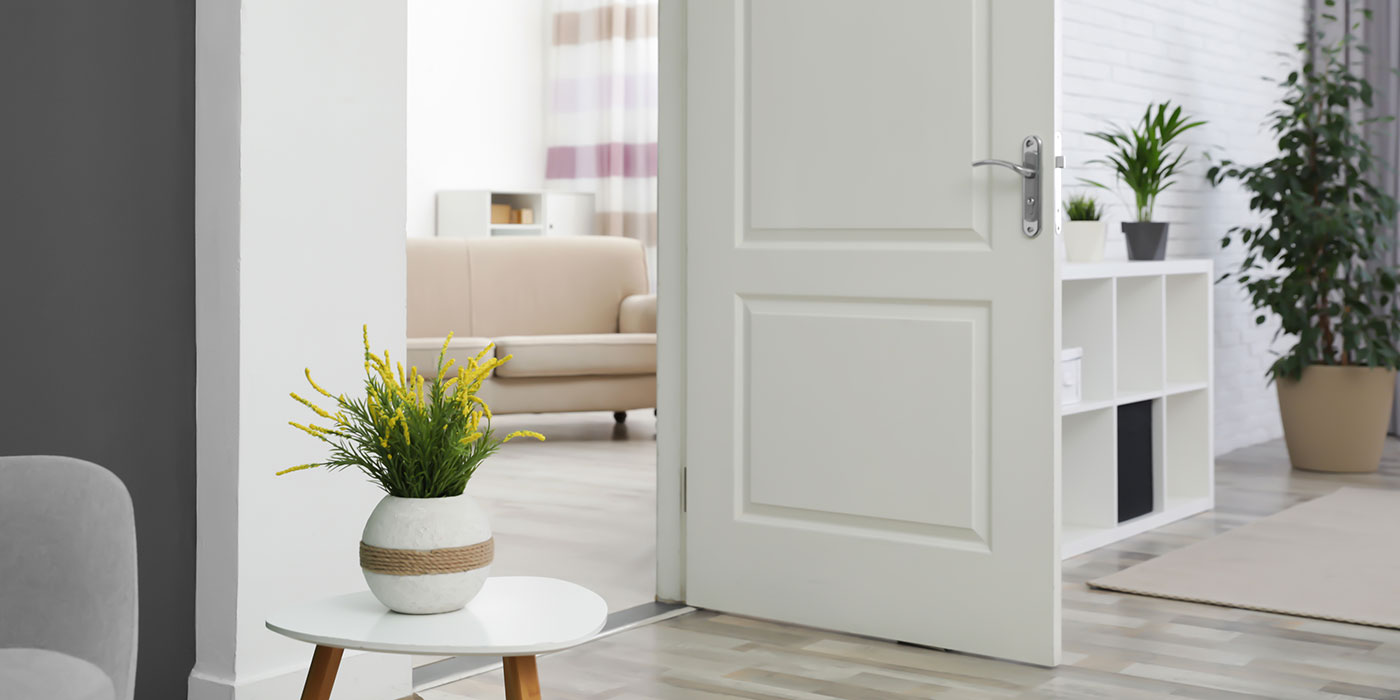Figuring out the quantity of flooring you need requires a bit of math and the first step is to measure your room.
Measure width and length and factor in all floorspace including closets, nooks and bump-outs. Multiply these numbers together and round up to give you the square footage of your room.
If you are installing flooring in multiple rooms, measure the square footage of each room and add these numbers together so you have a combined square footage.
Keep in mind that you will need to add 5% to 10% to this number to account for material overages. An overage can be installing mishaps, defects in the flooring material or if your room is an irregular shape and will require more cutting.
If you are a novice DIY-er you may need a higher overage to account for mistakes. Add the overage to your combined square footage and you now know your overall square footage.
Next, check the square footage coverage number provided by the manufacturer for your chosen flooring. Most flooring is sold by the carton and each carton will have a coverage number. Divide your overall square footage number by the coverage number and you will have how many cartons you need to buy. For example, if your overall square footage is 100 and the carton of flooring covers 20 sq. ft, you will need 5 cartons. 100 ÷ 20 = 5.




